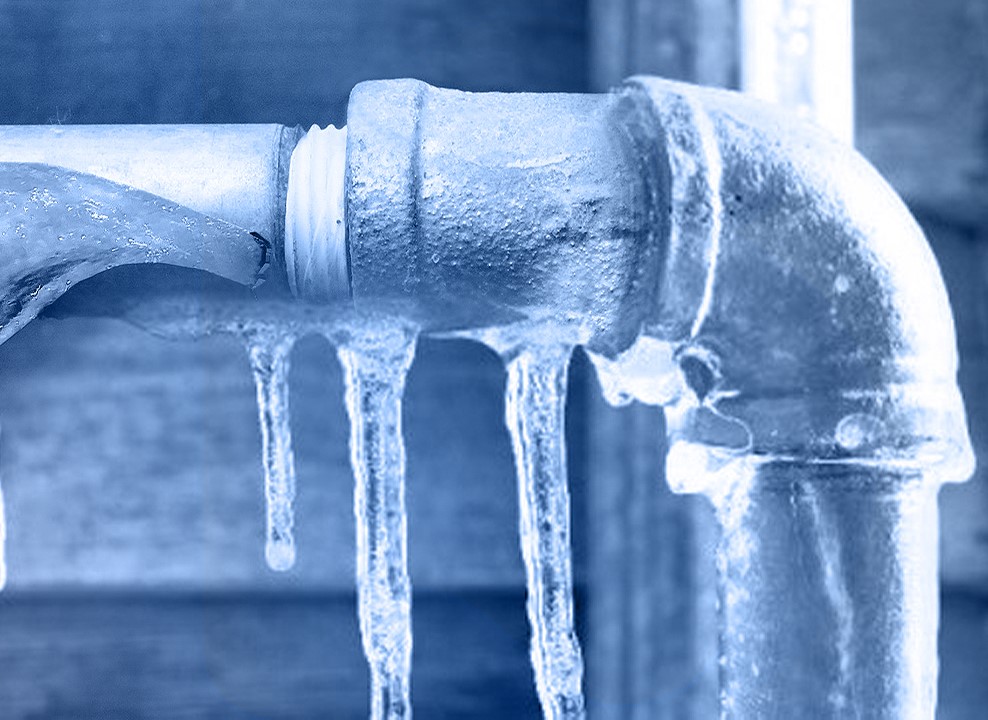Important Advice for Avoiding Frozen Pipes in Cold Weather Seasons
Important Advice for Avoiding Frozen Pipes in Cold Weather Seasons
Blog Article
Are you currently searching for critical information involving How to prepare your home plumbing for winter weather?

Winter can ruin your pipes, specifically by freezing pipes. Right here's just how to prevent it from occurring and what to do if it does.
Intro
As temperature levels drop, the threat of icy pipes increases, potentially resulting in expensive repair services and water damage. Comprehending just how to prevent frozen pipes is critical for house owners in cool environments.
Avoidance Tips
Shielding prone pipes
Wrap pipelines in insulation sleeves or utilize warm tape to safeguard them from freezing temperatures. Concentrate on pipelines in unheated or external locations of the home.
Heating strategies
Keep indoor areas sufficiently warmed, particularly locations with plumbing. Open closet doors to allow cozy air to distribute around pipelines under sinks.
How to identify frozen pipes
Try to find reduced water circulation from faucets, uncommon smells or noises from pipes, and noticeable frost on subjected pipelines.
Long-Term Solutions
Architectural adjustments
Take into consideration rerouting pipes away from exterior walls or unheated areas. Add additional insulation to attic rooms, cellars, and crawl spaces.
Upgrading insulation
Purchase top notch insulation for pipelines, attics, and walls. Proper insulation helps preserve constant temperatures and lowers the risk of frozen pipes.
Protecting Exterior Plumbing
Garden pipes and outdoor taps
Detach and drain pipes garden hoses prior to winter. Mount frost-proof spigots or cover exterior faucets with protected caps.
Recognizing Frozen Pipes
What creates pipelines to freeze?
Pipes freeze when revealed to temperature levels below 32 ° F (0 ° C) for extended periods. As water inside the pipelines ices up, it expands, taxing the pipeline walls and potentially causing them to break.
Risks and damages
Icy pipes can lead to water supply interruptions, building damage, and pricey repairs. Burst pipes can flooding homes and cause comprehensive architectural damage.
Indications of Frozen Water Lines
Recognizing icy pipes early can prevent them from breaking.
What to Do If Your Pipelines Freeze
Immediate actions to take
If you believe frozen pipes, maintain faucets open up to eliminate pressure as the ice thaws. Use a hairdryer or towels soaked in warm water to thaw pipes gradually.
Conclusion
Stopping icy pipes needs aggressive measures and quick actions. By understanding the causes, indications, and safety nets, homeowners can protect their plumbing during cold weather.
5 Ways to Prevent Frozen Pipes
Drain Outdoor Faucets and Disconnect Hoses
First, close the shut-off valve that controls the flow of water in the pipe to your outdoor faucet. Then, head outside to disconnect and drain your hose and open the outdoor faucet to allow the water to completely drain out of the line. Turn off the faucet when done. Finally, head back to the shut-off valve and drain the remaining water inside the pipe into a bucket or container. Additionally, if you have a home irrigation system, you should consider hiring an expert to clear the system of water each year.
Insulate Pipes
One of the best and most cost-effective methods for preventing frozen water pipes is to wrap your pipes with insulation. This is especially important for areas in your home that aren’t exposed to heat, such as an attic. We suggest using foam sleeves, which can typically be found at your local hardware store.
Keep Heat Running at 65
Your pipes are located inside your walls, and the temperature there is much colder than the rest of the house. To prevent your pipes from freezing, The Insurance Information Institute suggests that you keep your home heated to at least 65 degrees, even when traveling. You may want to invest in smart devices that can keep an eye on the temperature in your home while you’re away.
Leave Water Dripping
Moving water — even a small trickle — can prevent ice from forming inside your pipes. When freezing temps are imminent, start a drip of water from all faucets that serve exposed pipes. Leaving a few faucets running will also help relieve pressure inside the pipes and help prevent a rupture if the water inside freezes.
Open Cupboard Doors
Warm your kitchen and bathroom pipes by opening cupboards and vanities. You should also leave your interior doors ajar to help warm air circulate evenly throughout your home.

I ran across that entry on How To Avoid Freezing Pipes when doing a lookup on the search engines. Those who enjoyed our blog posting plz don't forget to share it. Many thanks for your time invested reading it.
Click Here Report this page